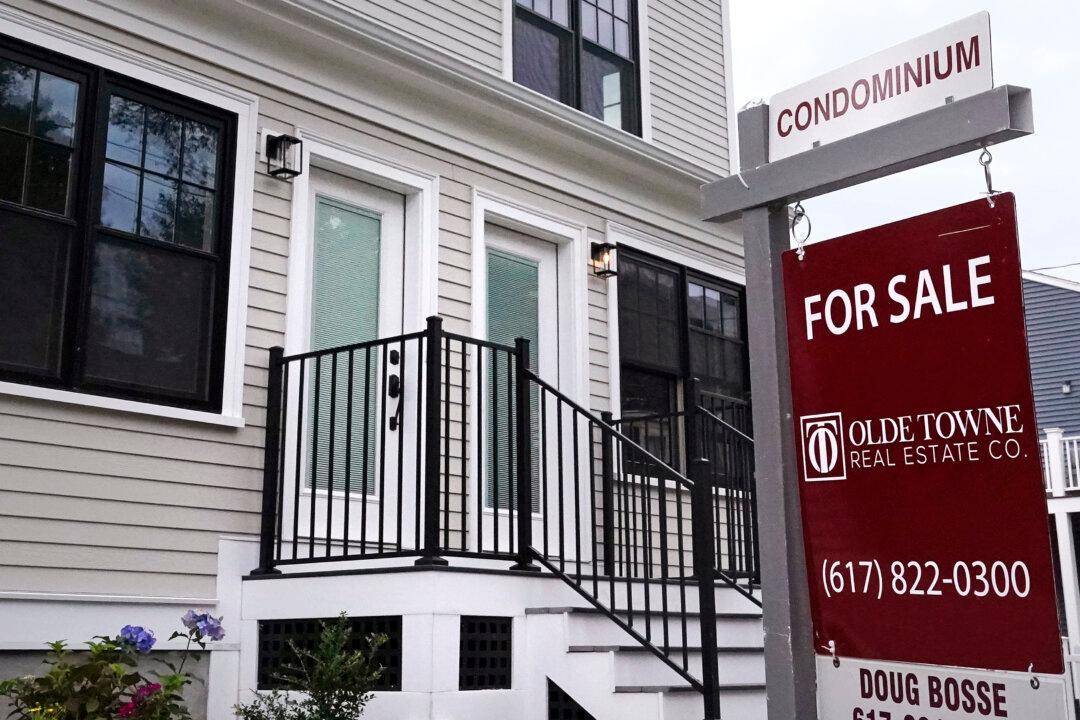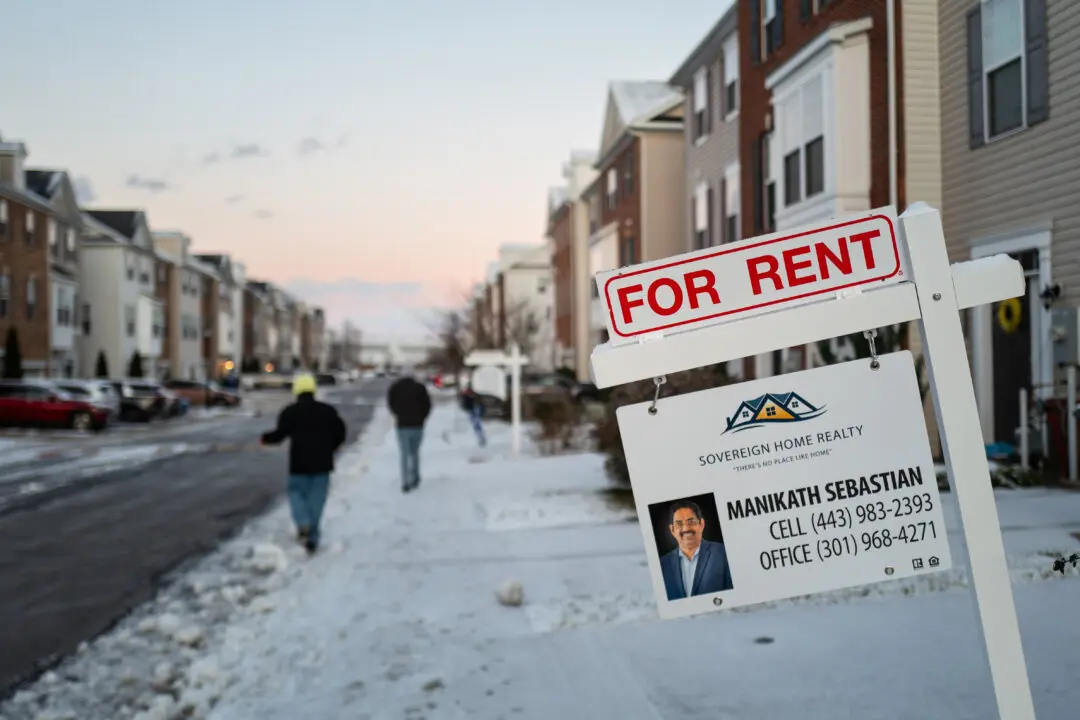Mortgage refinance demand dropped for the week ending April 8 according to the Mortgage Bankers Association (MBA), while it also expects refinance originations to drop by double digits in 2022.
MBA’s Refinance Index slipped 62 percent for the week when compared to the same week a year back. The index was lower by 5 percent when compared to the previous week.





